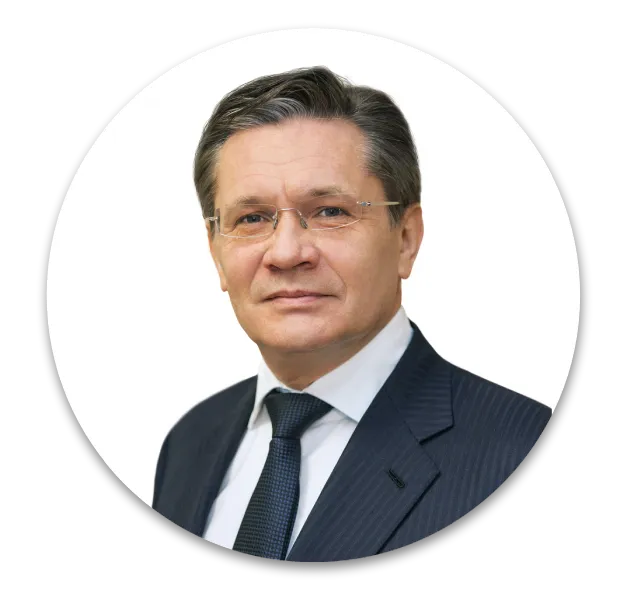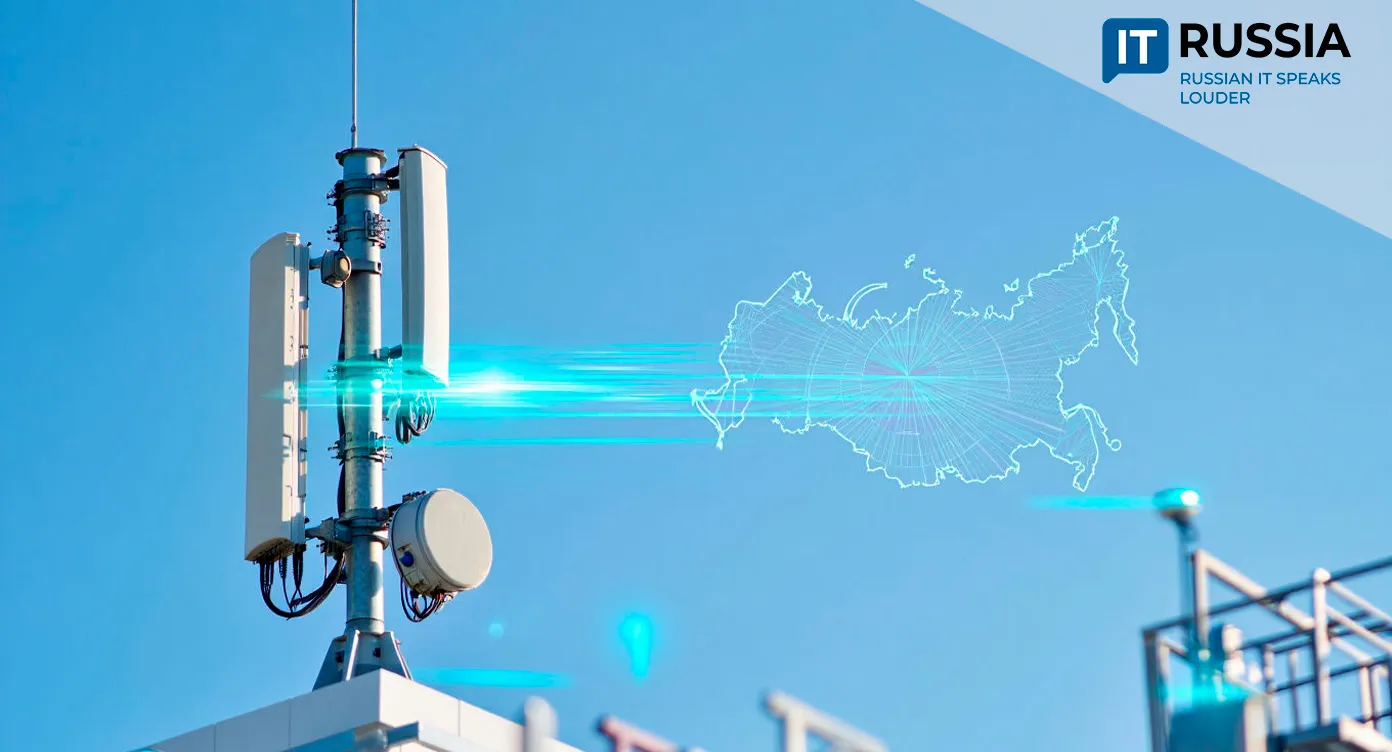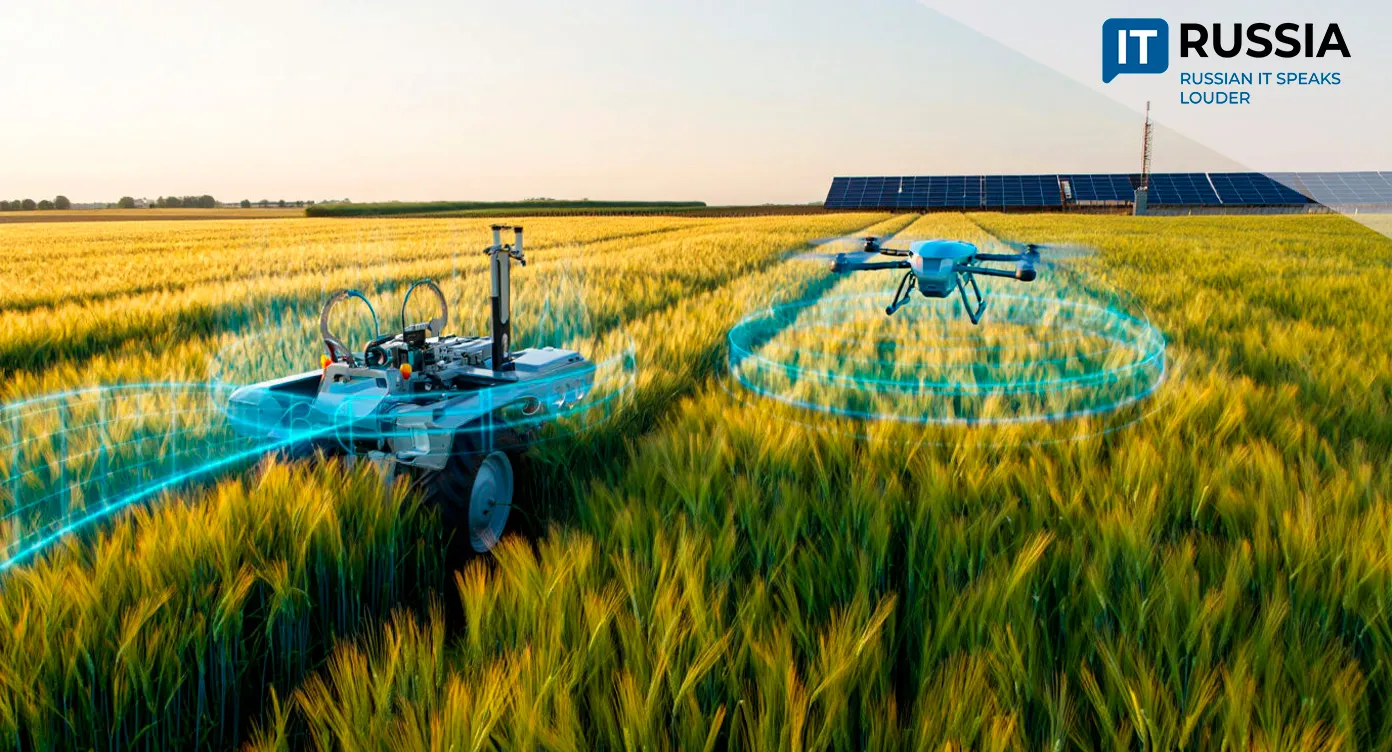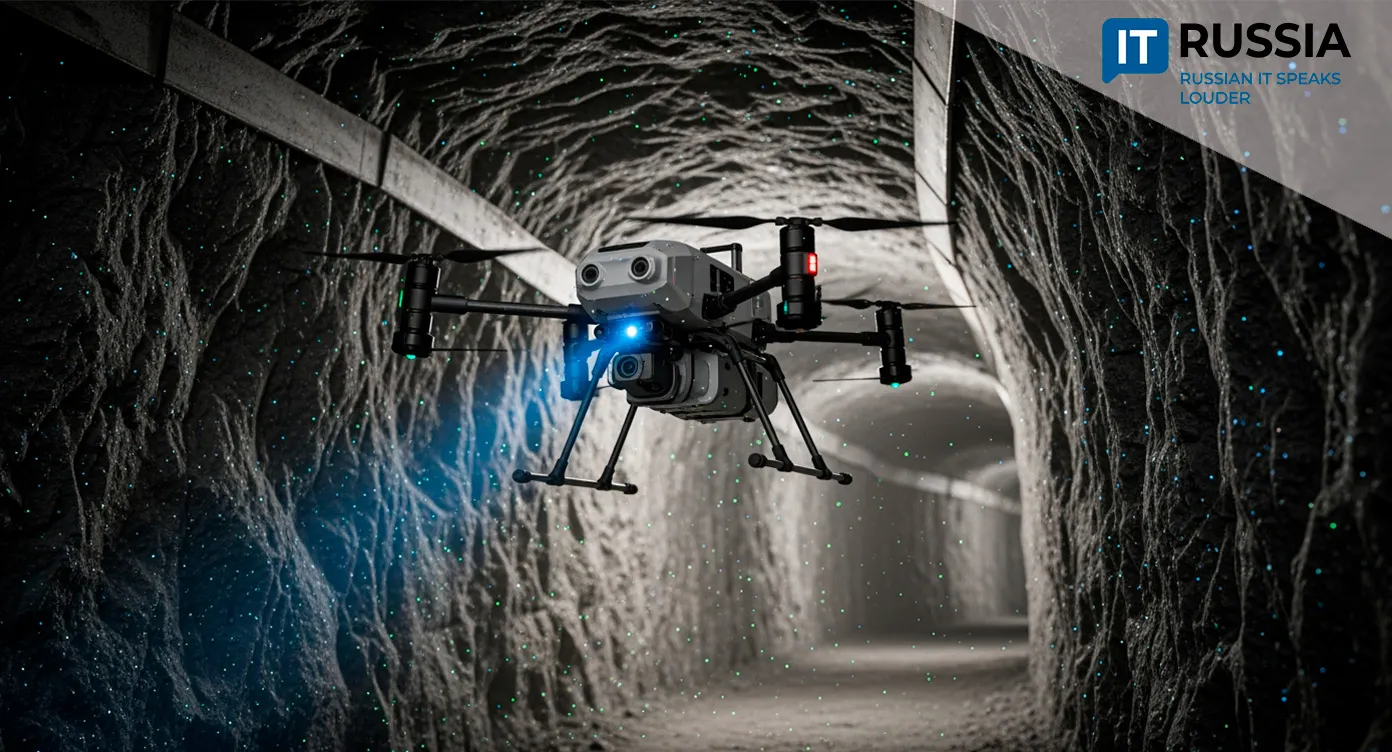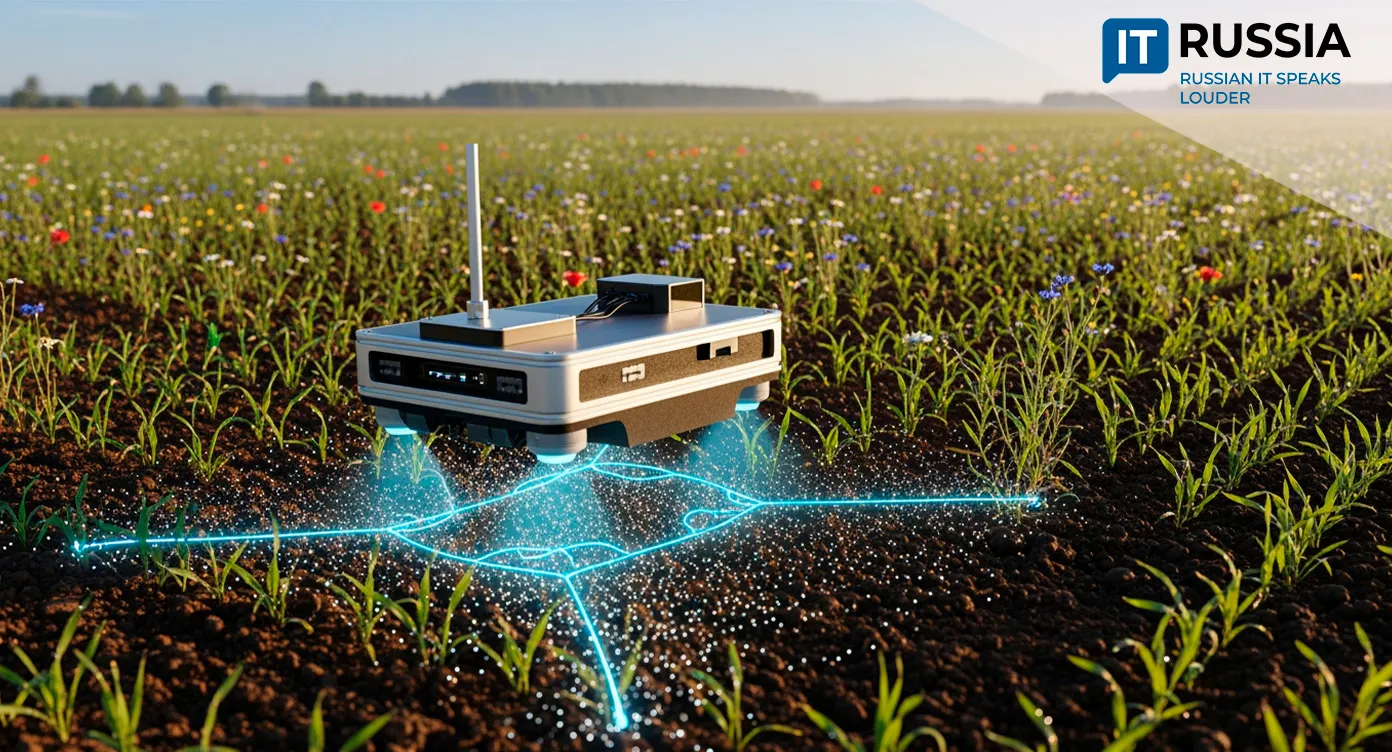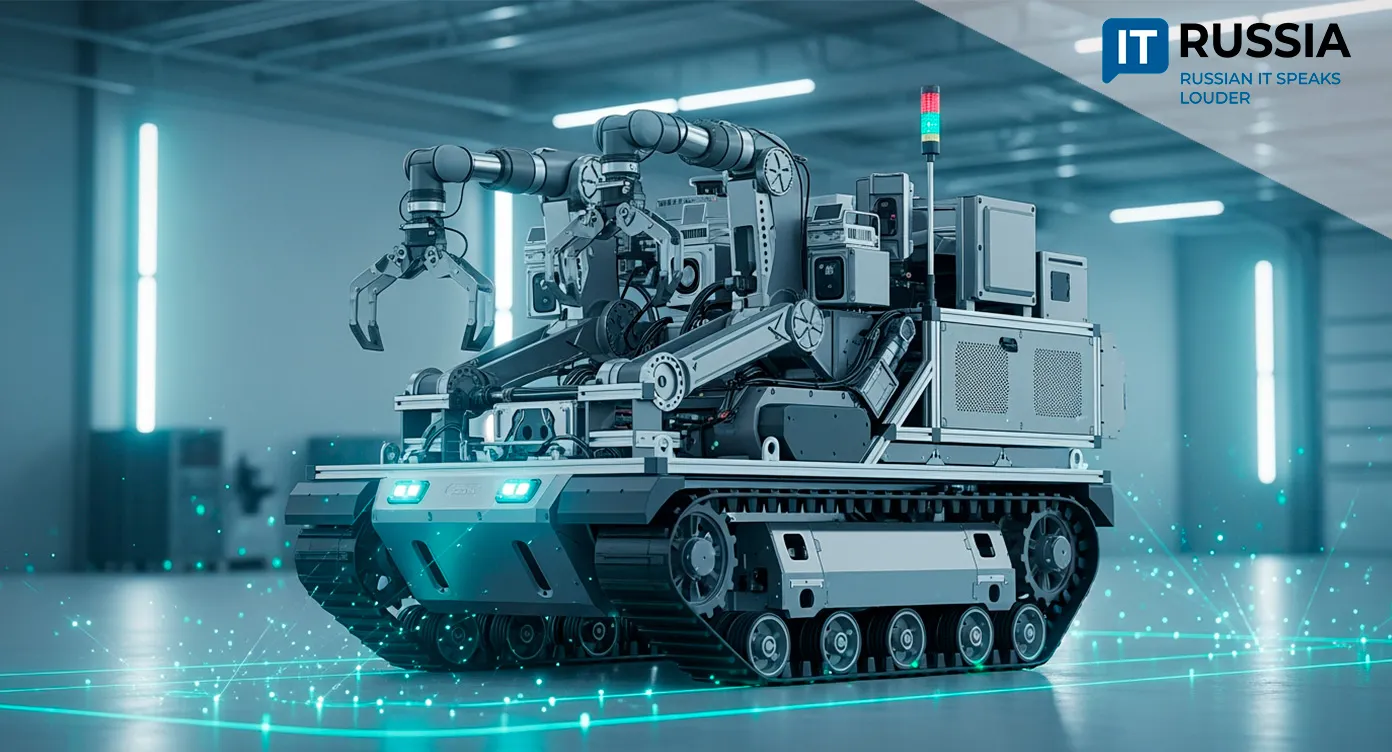Russia Automates Radioactive Waste Management
Russia is deploying its first fully robotic system for sorting solid radioactive waste—a milestone that promises safer waste handling, lower operational costs, and new export opportunities for advanced nuclear technologies.
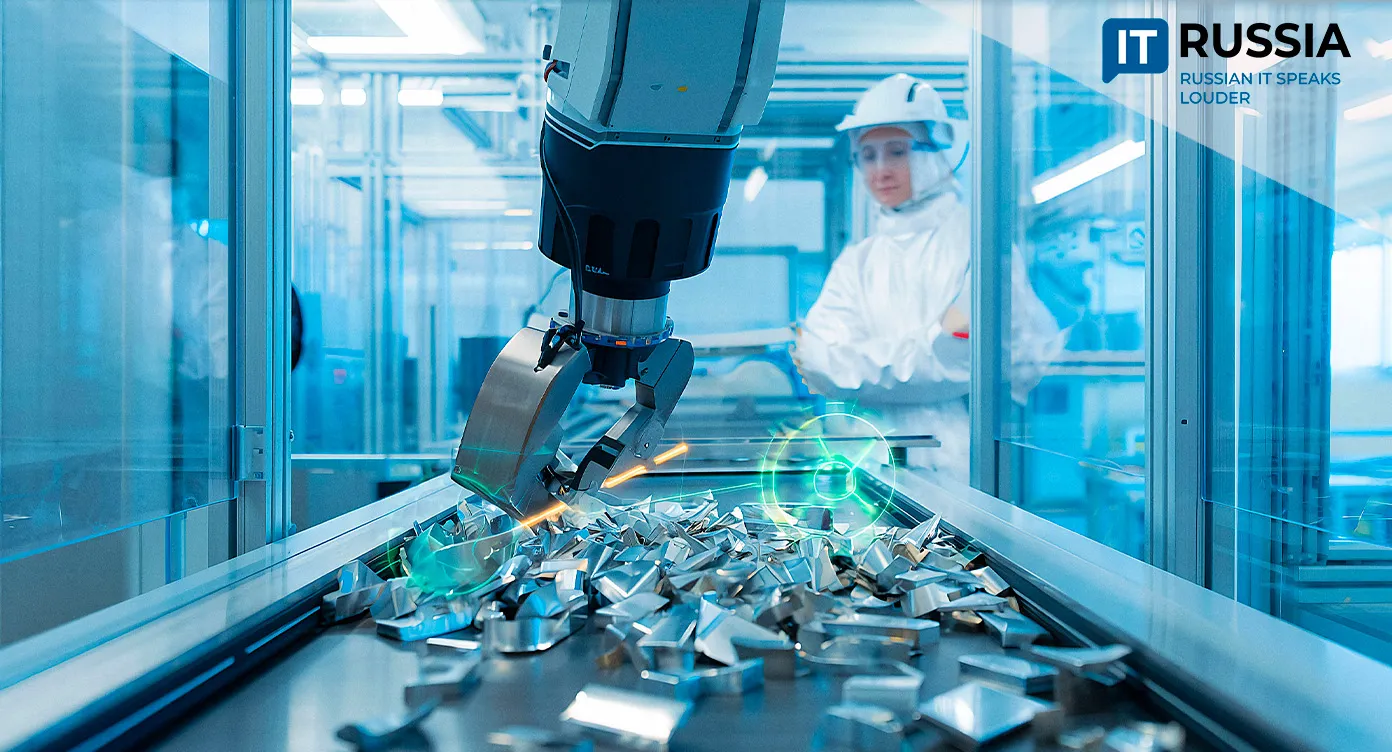
Automation Targets a High-Risk Challenge
Russia has begun pilot‑industrial operation of its first robotic sorting unit for solid radioactive waste. The system was developed by the Central Research and Design Institute of Robotics and Technical Cybernetics, together with the Bochvar High‑Technology Research Institute of Inorganic Materials, under the “Breakthrough” program.
The robot identifies the morphology and radiation characteristics of each waste fragment before directing it to incineration, compaction, release from regulatory control, or further processing.
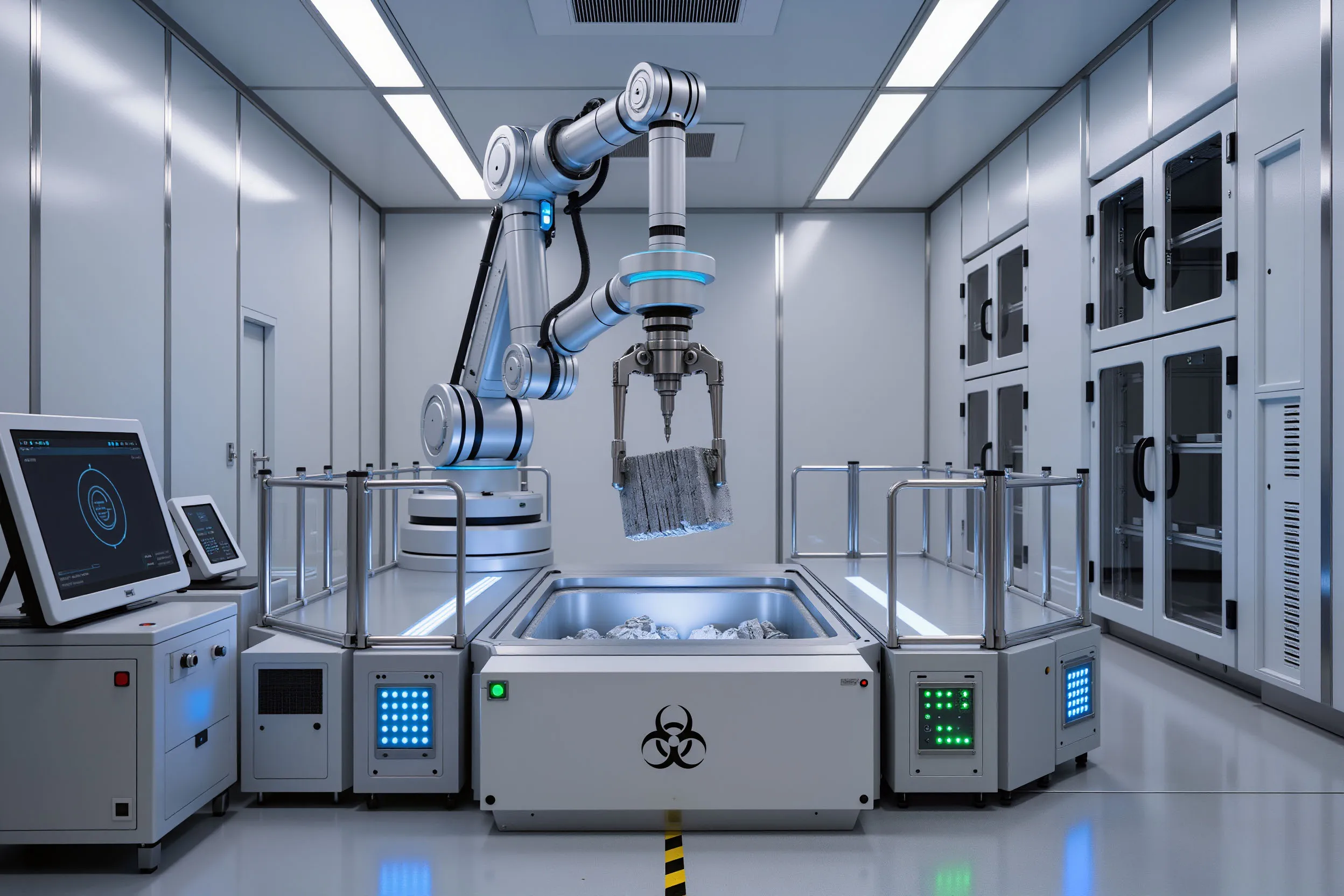
Manual sorting inside radiation zones carries risks of employee exposure, high labor costs, and human error. Automation eliminates all three risks simultaneously.
How the System Works
At the core of the installation is a machine‑vision system paired with a high‑precision robotic manipulator. Waste fragments are loaded into a vibratory feeder bunker, and a conveyor moves them into a scanning zone. A camera analyzes the shape and size of each fragment before the manipulator picks it up and carries it to a detector measuring radiation characteristics.
Software first determines whether a fragment contains alpha‑emitting radionuclides. If so, it is immediately sorted into a dedicated container. Remaining fragments are distributed into trays depending on type and radiation level. An operator monitors the entire process from a protected control room.
The robot, the vision system, and the manipulator are all Russian‑made technologies—strengthening supply‑chain independence in a critical part of the nuclear industry and removing reliance on foreign components.

Economic Impact and Future Scaling
Automation reduces the cost of handling radioactive waste, decreases total waste volumes, and more accurately separates materials that do not require radiation oversight. This reduces costs for storage, processing, and disposal.
The current installation will undergo further upgrades to increase throughput and sorting precision. It is expected to become a prototype for deployment across other Rosatom facilities.
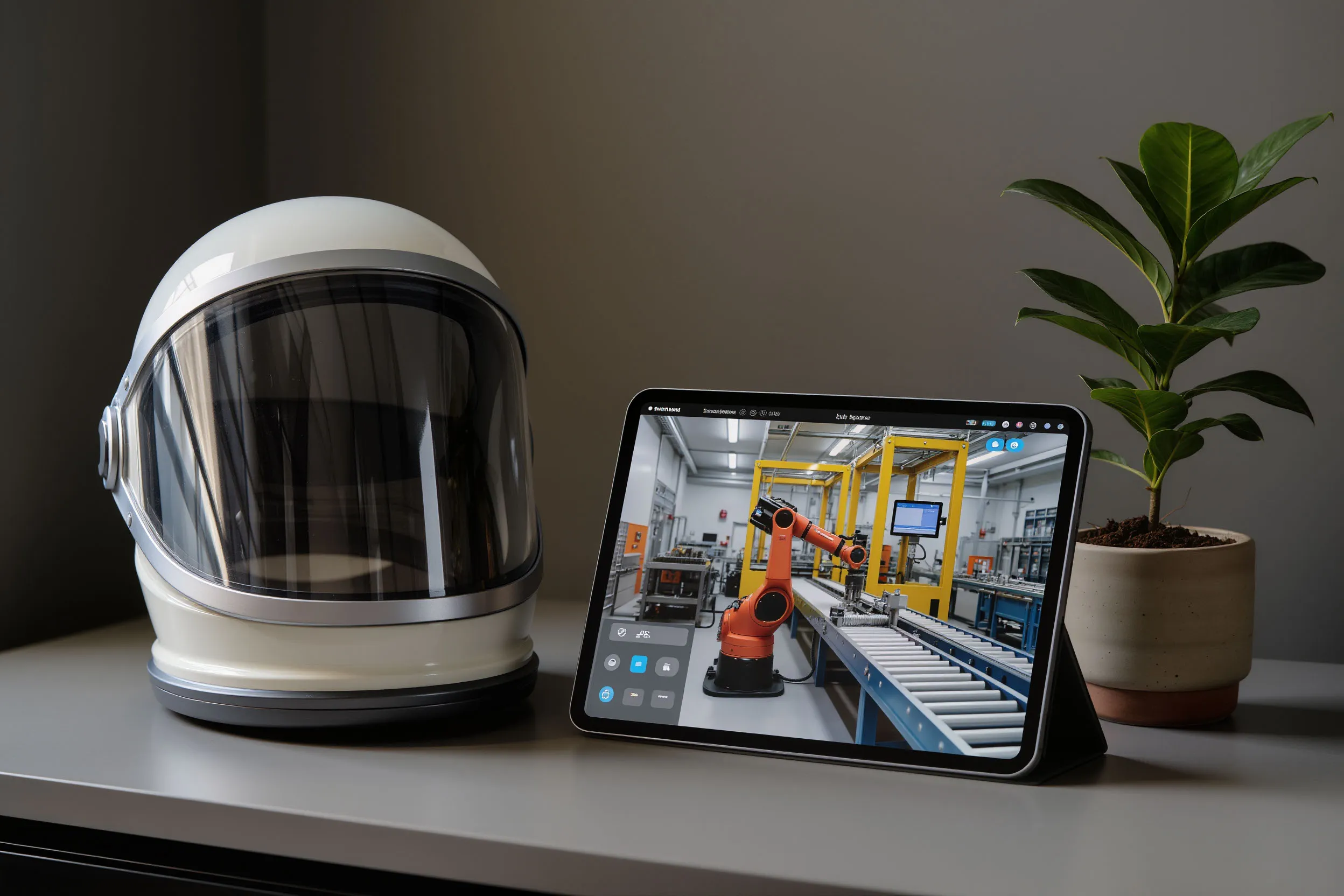
Path to the International Market
If fully refined and certified, the technology could be offered to international nuclear partners facing similar waste‑management challenges. Russia may also enter the global market for robotic waste‑sorting services—covering maintenance, modernization, and licensing. For countries developing nuclear programs, such a solution offers a strong competitive advantage.


